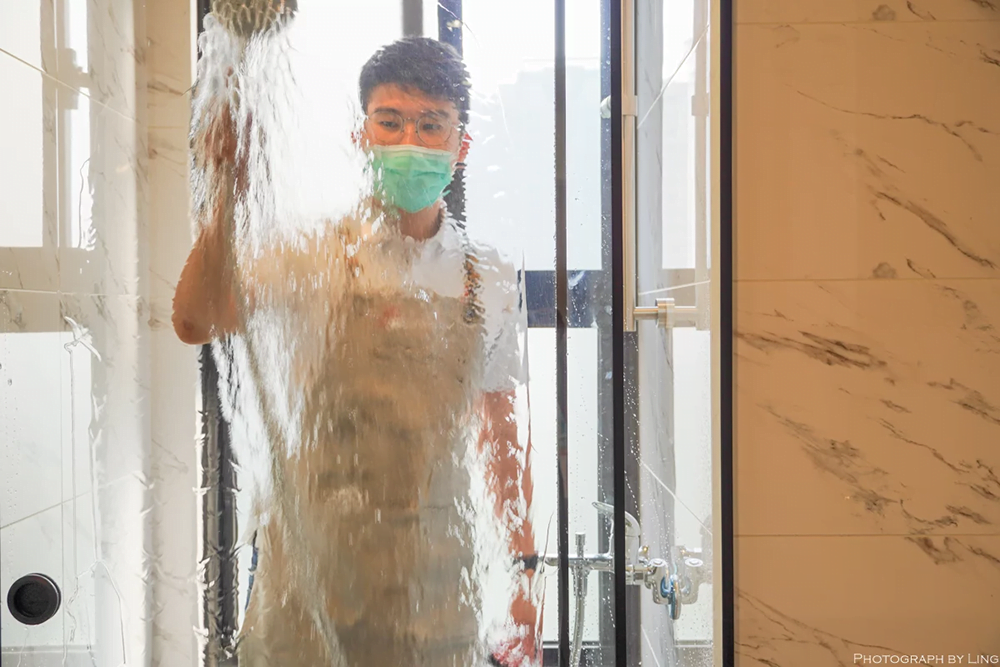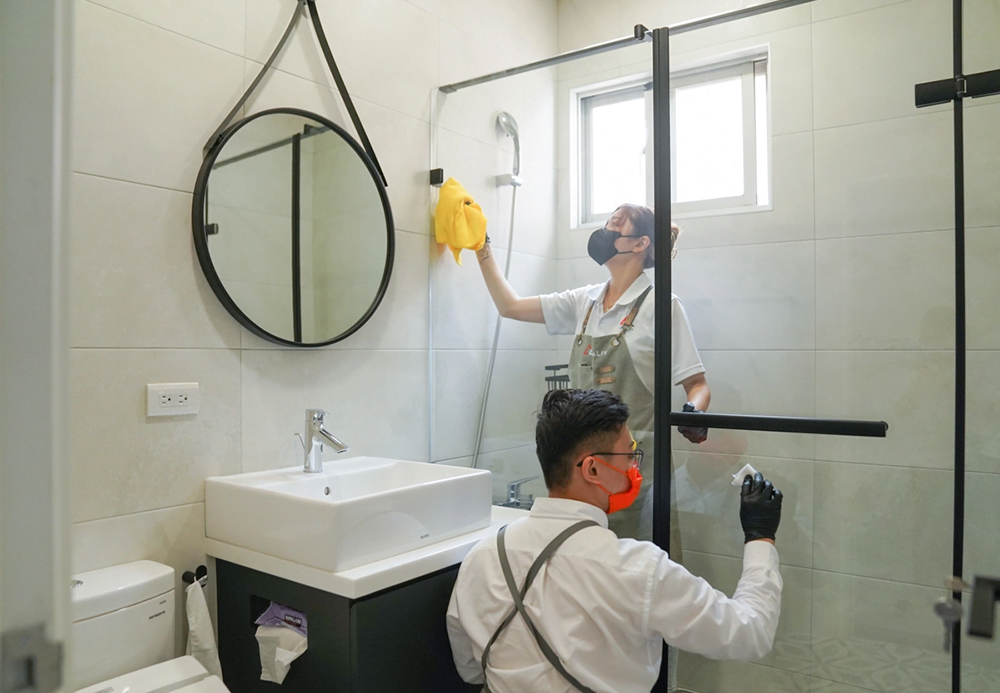Many homeowners who apply wet area coatings will wonder if the coating which effectively reduces water stains can also be used on the grout and silicone to prevent mold?
Yes, there is a chance to reduce the possibility by 50%, but not 100%. The reason is closely related to the growing conditions of mold. But first, let's understand why coating can make building materials have high anti-stain and easy-to-clean effects.
CERALIV liquid ceramic coating, with micron size invisible film and patented high adhesion technology, tightly adheres to and fills the material's capillary pore, making the surface flat. In addition, because the mold root size is larger than a micron, it is impossible to penetrate deep into the interior from the surface, and other dirt is not easy to adhere to, so it can be easily removed.
We fill and protect the surface of building materials, but what about the inside?
Mold Grows In Places With A Lot Of Moisture
Taiwan is an ideal growth environment for mold regardless of temperature and humidity.
Take the bathroom as an example. Whether it is the mirror, shower glass, door, or faucet, water stains and soap scums easily adhere in the gaps between partition glass and tiles. As time goes by, they will "create" the mold.

The building material that has applied the ceramic coating, the tiny pores on the surface will be filled and cause less friction. To allow water droplets to slide down quickly and not easily form water stains. Besides, it can prevent water ions from corroding the surface.
CERALIV也常和業主説:「建材都是會呼吸的!」
CERALIV can protect the surface; however, we cannot stop moisture from penetrating through the gaps between other objects, allowing mold to grow from the inside out!

"You know, the building material can breathe. " CERALIV often says to the owner.
The moisture gets more and more in the inner layer of building materials, and mold may start to take root and grow from the inside. That is why many molds look tiny outside but are actually found in the building materials, intertwined and overwhelmed!

